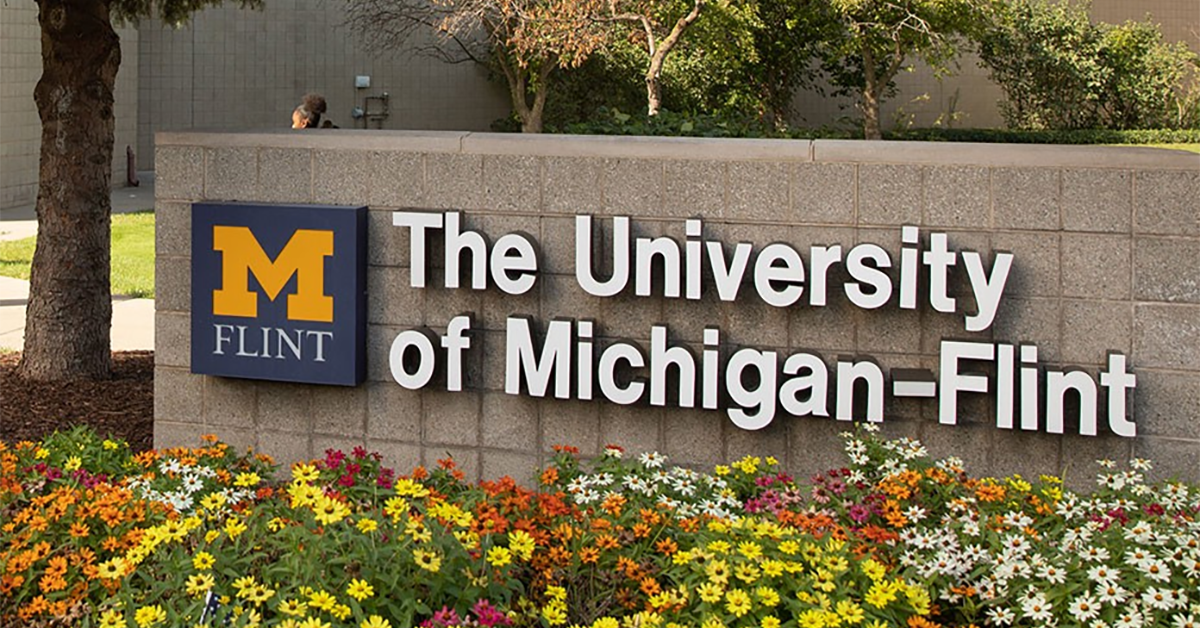Understanding Young Adults’ Perceptions of Cannabis Consumption Risks

As the cannabis industry continues to evolve, particularly in Michigan, understanding public perception, especially among young adults, is crucial for policy development and education. A groundbreaking study from the University of Michigan delves into how young adults view the risks associated with different methods of cannabis consumption.
The Landscape of Cannabis Consumption
The U.S. has witnessed a notable shift in the cannabis market in recent years. The legal availability of cannabis for recreational use has extended to roughly half the states. Along with the growing accessibility, there has also been a proliferation of cannabis products, many of which contain elevated levels of THC compared to the past. This increase in potency carries heightened risks, from developing a cannabis use disorder to experiencing significant consequences in life.
Unpacking the Perceptions
Led by Autumn Rae Florimbio, a T-32 Fellow at the U-M Addiction Center, and her team of researchers, the study explores the perceptions of young adults concerning various cannabis consumption methods, including smoking, vaping, dabbing, and ingestion. Their research also touches upon the patterns of consumption, distinguishing between regular and occasional use.
Drawing from a group of young adults in Flint, the results are enlightening. The majority of non-users perceived regular vaping as the riskiest method. In contrast, those who consumed cannabis either solely by smoking or through multiple methods viewed regular dabbing as presenting the highest risk.
These distinctions in perceptions can serve as invaluable data when forming public health strategies targeting cannabis use among young adults.
Autumn Rae Florimbio, Ph.D., comments on the significance of their findings: "Our results shed light on how young adults perceive cannabis-related risks, emphasizing that perceptions vary based on the method of consumption. These insights pave the way for future research, shaping policies and interventions aimed at minimizing cannabis-related harms."
Support and Appreciation
The research received funding from the National Institute on Drug Abuse [NIDA #045712; PI: Bonar] and support for Dr. Florimbio's contributions came from the National Institute on Alcohol Abuse and Alcoholism [NIAAA #007477; PI: Blow]. The team extends their gratitude to the patients and staff at Hurley Medical Center, whose collaboration was instrumental for this study.
The Takeaway
While cannabis consumption among emerging adults (ages 18-25) continues to rise, and the perception of its risks decreases, the nuances of these perceptions can be the key to effective public health measures. As the cannabis landscape transforms, understanding these perceptions becomes essential for policy-making and public health strategies.
Flint's University of Michigan Offers New Cannabis Education Course

In a significant move toward addressing the growing interest in cannabis and its multifaceted history, The University of Michigan-Flint has announced a new course offering this fall titled "The History and Culture of Cannabis." This pioneering class marks the institution's first foray into academic studies based on the marijuana plant.
As various states across the U.S. shift toward the legalization and decriminalization of cannabis, the demand for informed research and knowledge about the plant has skyrocketed. The course aims to provide students with a comprehensive overview of cannabis's historical significance, its present-day uses and implications, and potential future developments.
Content and Curriculum
Though detailed curriculum specifics have yet to be unveiled, the course promises to dive deep into topics such as the ancient usage of cannabis in various cultures, its economic and sociopolitical influences, the changing landscape of laws and regulations, and the evolving perceptions and stigma surrounding its consumption.
The class also expects to address the burgeoning cannabis industry, its role in the modern economy, and the potential ecological, medicinal, and social impacts of widespread cannabis cultivation and consumption.
Following the Trend
The University of Michigan-Flint's new offering is not an isolated instance. Over the past few years, several higher education institutions in the United States have incorporated cannabis-focused courses into their curriculum.
For instance, the University of California, Davis began offering "Physiology of Cannabis" in 2017, aimed at shedding light on the biological and physiological aspects of cannabis. Similarly, Northern Michigan University offers a Medicinal Plant Chemistry program, focusing on the burgeoning field of medicinal plant production and analysis – a significant portion of which pertains to cannabis.
Outside the realm of biology and chemistry, institutions such as Harvard Law School have even started to tackle the subject, with courses focused on the legal ramifications, policies, and business of marijuana.
Why the Focus on Cannabis Education Now?
The changing legal landscape has undeniably played a pivotal role in the inclusion of cannabis in academic settings. Over 20 states, along with the District of Columbia, have legalized recreational marijuana use for adults, while over 35 states have medicinal marijuana programs. This shift has opened up a myriad of opportunities and challenges that necessitate research, informed policy-making, and public education.
Furthermore, with the global cannabis market value expected to grow exponentially in the coming years, it's imperative for the next generation of leaders, policymakers, and professionals to have a holistic understanding of the plant, its potential, and its pitfalls.
The Road Ahead
As the landscape surrounding cannabis continues to evolve, educational institutions are recognizing the value of equipping their students with knowledge about this influential plant. The University of Michigan-Flint's decision to offer "The History and Culture of Cannabis" is both timely and commendable, and it will be interesting to see how other universities nationwide respond to this emerging academic interest.
Only time will tell if cannabis education becomes as mainstream as other subjects, but for now, it's clear that there's a budding interest in understanding the intricacies of this ancient crop.

 Helpful Links
Helpful Links